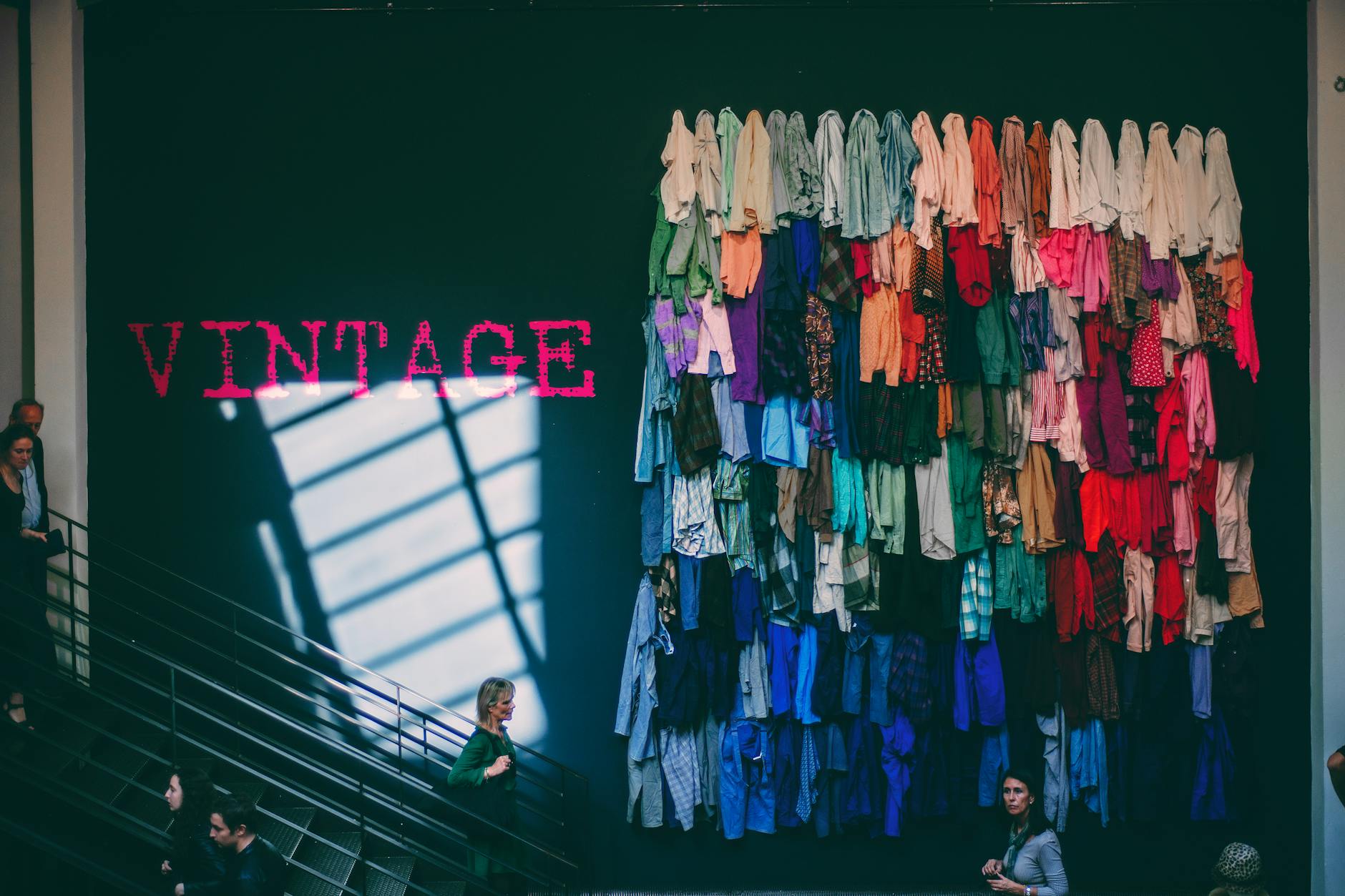Are You Choosing the Best Audio Equipment for Your Projects in Australia?

Evaluating Audio Equipment Needs
Project Requirements
Identifying the right audio equipment begins with a clear understanding of your project requirements. Whether you're gearing up for a live event at the Queensland Performing Arts Centre or a studio session in West End, knowing the specifics of your task is your first step. For instance, the choice between a dynamic or condenser recording microphone depends heavily on the ambient sound and space you're working with. Understanding the type of projects you typically handle—be it voiceovers, band recordings, or theatre performances—helps define your equipment checklist.
Equipment Specifications
Next, zero in on the technical specifications of your audio gear to ensure they align with your goals. For microphones, look into aspects such as frequency response, polar patterns, and sensitivity. When considering display elements, such as a motorised projector screen, assess factors like screen resolution, aspect ratio, and operation noise level. These specifications directly impact the final output and can significantly alter the listener's experience.
Future Scalability
While it might be tempting to focus solely on immediate needs, it's wise to consider the future when making purchases. Investing in equipment that allows for expansion—like audio interfaces with multiple input options or screens adaptable to different control setups—can save you time and money in the long run. Constantly evolving your studio setup to incorporate new technology ensures you remain competitive and can adapt to industry trends.
Exploring Audio Equipment Types
When considering audio equipment, understanding what each type offers can significantly influence your choice, especially if you're working amidst the diverse and creative events at South Bank. As a fellow audio enthusiast based in Brisbane, let’s examine some key equipment choices to help shape your sound work.
Recording Microphones
Selecting the right recording microphone is crucial to obtaining a clean, accurate sound capture. Consider factors like polar patterns—which affect sensitivity to sound directionality—and diaphragm size. For versatile performance across a range of vocal and instrumental recordings, large diaphragm condensers are often recommended. Being tech-savvy, you might appreciate how these microphones can adapt within various studio settings, such as those in West End.
Studio Interfaces
Studio interfaces bridge your microphone and other audio equipment to your computer, dictating the quality of conversions from analog to digital signals. Key features to evaluate include the number of input/output ports and connectivity options like USB or Thunderbolt. These ensure smooth, high-fidelity transfer that's essential in professional audio production environments.
Mixing Consoles
Mixing consoles are essential for blending audio signals seamlessly. For those familiar with engineering soundscapes, advanced consoles offer features such as digital editing, signal processing, and automation capabilities. These can transform the way you've traditionally approached mixing, providing greater creative control over your projects.
By integrating these components, and if you happen to work in venues equipped with hearing loop systems, you can ensure accessibility compliance while delivering superior sound quality.
Advanced Features to Consider
When diving into the realm of advanced audio equipment, it's essential to focus on features that enhance your setup’s performance and adaptability. Acoustic performance is vital; selecting loudspeakers designed for clarity and accuracy can greatly influence the sound quality in your studio, whether you're working with orchestras at venues like the Queensland Performing Arts Centre or collaborating in recording studios near West End. While choosing the right equipment, remember that loudspeakers not only need to produce excellent sound but also integrate seamlessly with your current audio environment.
Technology integration is another critical feature. Leveraging high-tech solutions such as ptz cameras for visual feedback can transform how you conduct your sessions, providing real-time insights into audio dynamics. This integration simplifies monitoring and allows you to maintain swift, precise control over your projects.
Customization options further bolster your studio's capabilities. Look for equipment that offers flexibility in settings and configurations—whether through modular components or adaptable software—so you can tailor your setup precisely to your needs and those of the artists you work with. Such features are indispensable for crafting unique, innovative soundscapes that align with both artistic and technical requirements.
Drawing on these insights can significantly enrich your audio production, keeping your work at the cutting edge of technology and creativity. With informed choices, you’ll be better equipped to meet the dynamic challenges of today’s audio industry.
Best Practices for Selection
When it comes to selecting top-notch audio equipment, I've found a methodical approach yields the best results. First on the agenda is research and comparisons. Initiate this by diving into technical reviews from reputable sources that cover specifications, user experiences, and potential drawbacks. It's also indispensable to check out community forums where fellow sound engineers share insights on equipment performance and compatibility. This will help to shortlist options that align with your project needs.
Next, I always advocate for a phase of testing and trials. Whenever possible, trial sessions in studios or renting equipment for a short period is a game-changer. This real-world testing can reveal nuances in equipment performance, such as how av cables interact with other gear or how data projectors can enhance visual sound mapping. This hands-on interaction is crucial to confirming that the equipment meets your specific requirements.
Lastly, looking beyond your immediate circle for community feedback is invaluable. Connecting with peers in the industry, especially those around vibrant areas like the Queensland Performing Arts Centre or recording studios near West End, can provide personal anecdotes of equipment experiences. These insights can help you make informed decisions that align with the cutting-edge technology aspirations yet within budget constraints, ensuring your setup is both innovative and reliable.
Common Mistakes
Overlooking Compatibility
One prevalent pitfall in audio equipment selection is underestimating the importance of compatibility. Picture setting up a new microphone in one of the recording studios near West End, only to find out it doesn't interface smoothly with your current setup. When choosing gear, ensure your pieces harmonize like a well-penned symphony. Look for open source audio mixer solutions that integrate easily across different systems, safeguarding against future tech clashes.
Ignoring User Experience
Even the most technically advanced equipment fails if it doesn't cater to the user's ease of operation. As practitioners, we're architects of soundscapes at events like those in the Queensland Performing Arts Centre. We must not ignore the user interface and ergonomics of devices we select. A sound engineer needs to adapt quickly, so consider equipment that simplifies the production process—time spent learning a complex interface is time away from creating.
Neglecting Long-Term Value
While chasing cutting-edge gear, we often bypass long-term considerations. Investing in shiny new equipment without evaluating its longevity or upgradeability results in wasted resources. Consider the sustainability of your choices, especially when planning for wireless audio solutions in dynamic settings like cultural events at South Bank. Equipment that evolves with technology trends will prove a worthy companion in the ever-changing sound arena. Prioritise durability and adaptability to truly enhance your audio production prowess.


